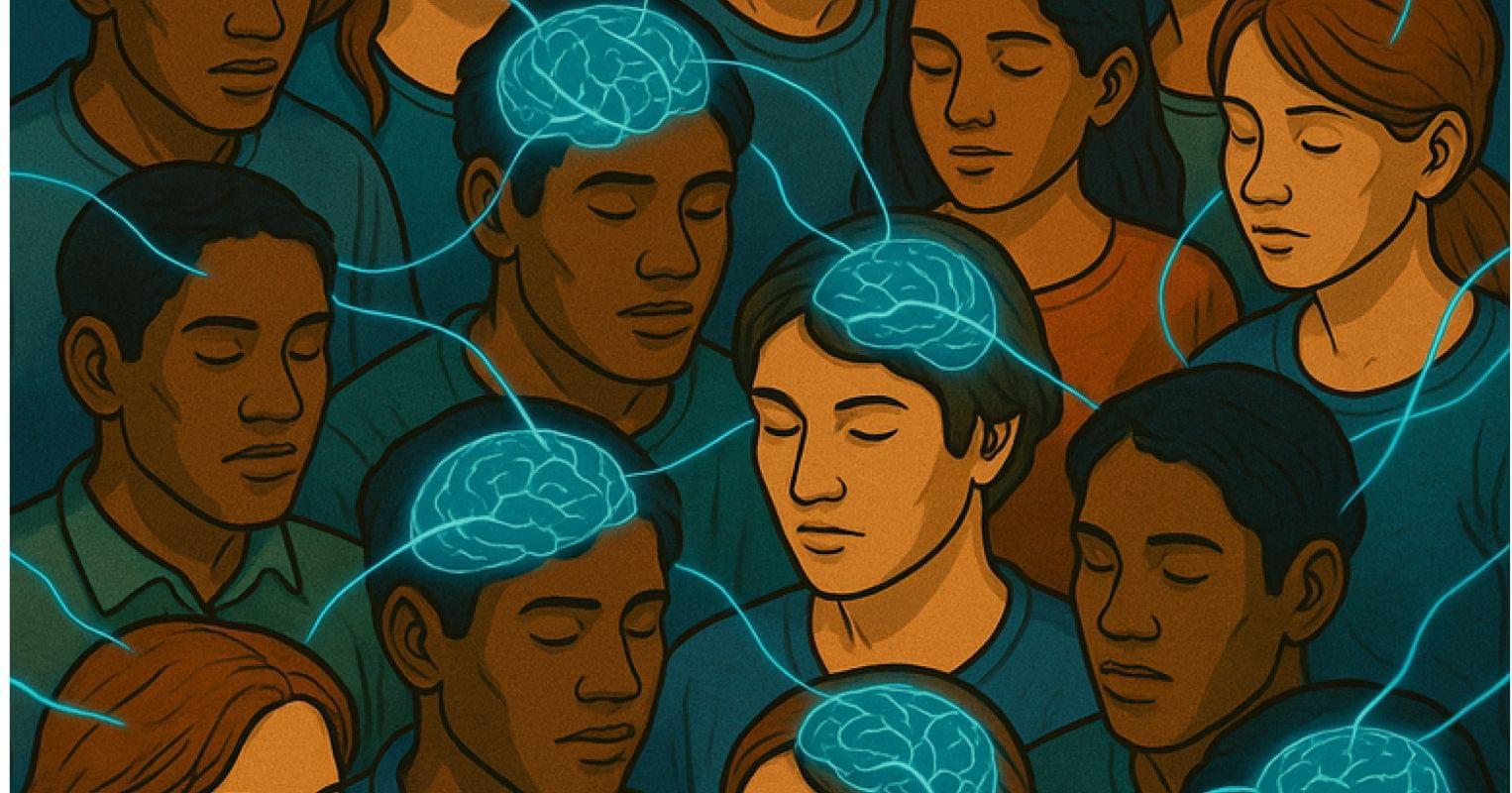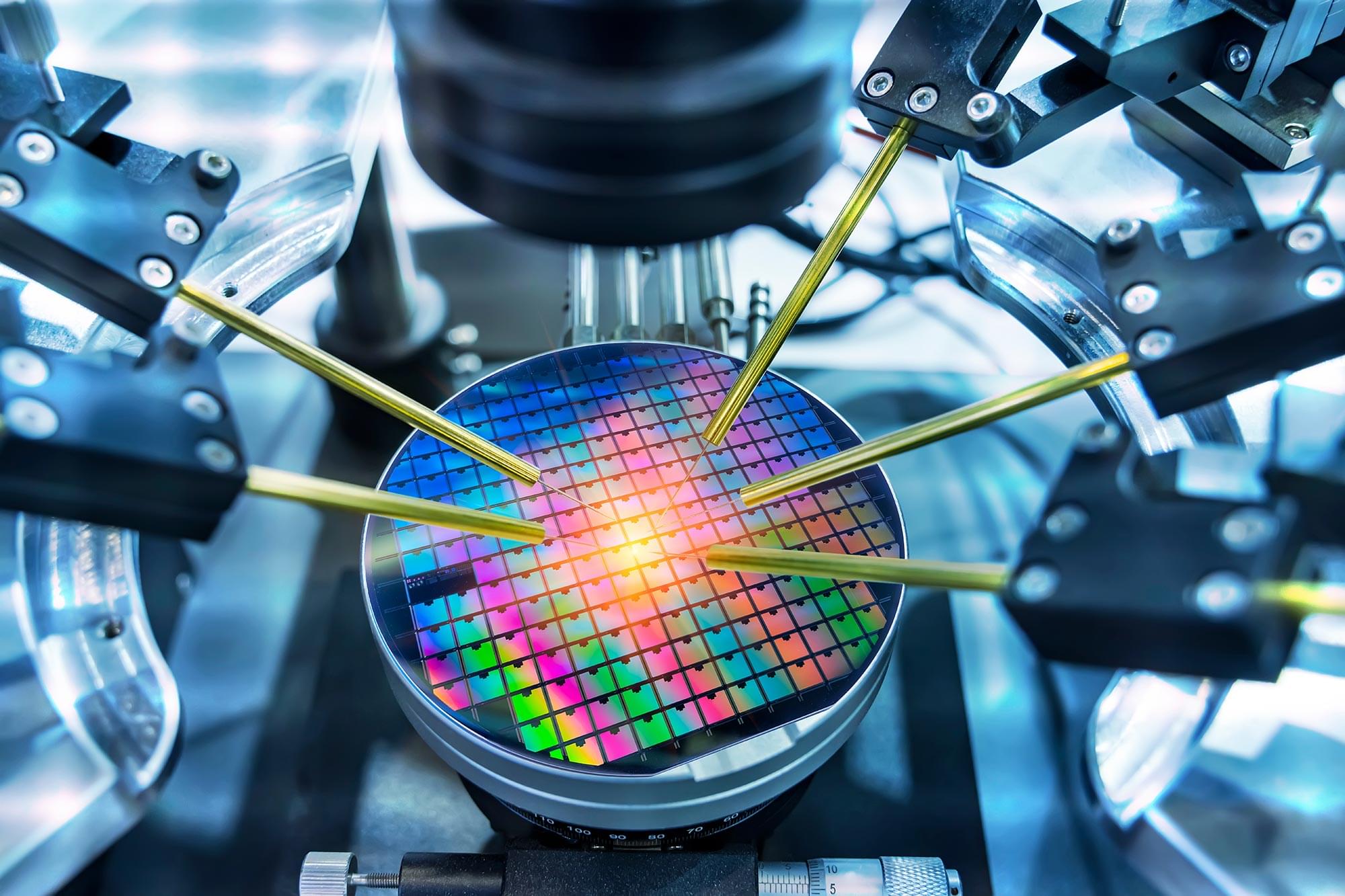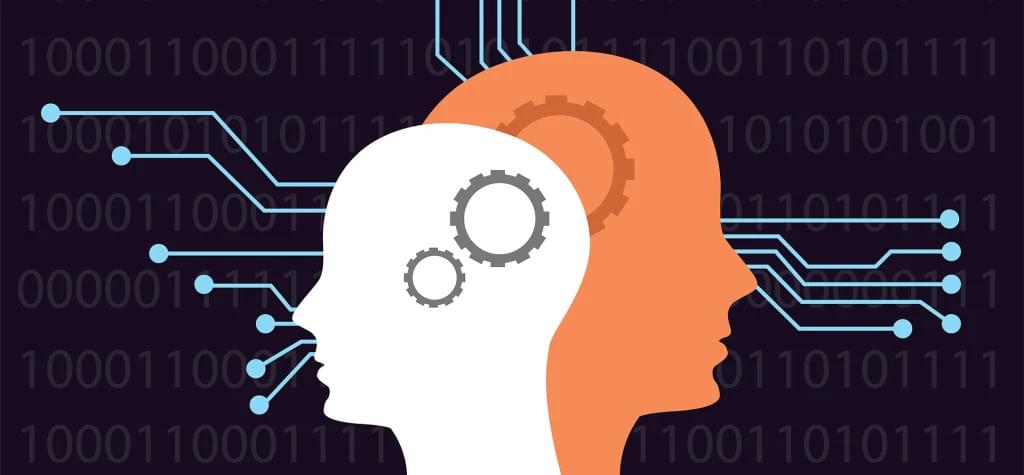Tesla’s autonomous driving technology, particularly its vision-only approach, is being showcased and defended in response to criticism from Ford’s CEO and others, who prefer LiDAR-based solutions ## Questions to inspire discussion.
Tesla’s Autonomous Technology.
🚗 Q: How does Tesla’s autonomous vehicle technology differ from competitors? A: Tesla uses a vision-only approach without LiDAR, while competitors like Waymo rely on LiDAR and radar systems.
🔄 Q: What makes Tesla’s approach to autonomous vehicles more scalable? A: Tesla aims to make all 8 million+ vehicles on the road capable of self-driving with a software update, unlike competitors focusing on specific areas.
Market Comparison.
📊 Q: How does Tesla’s autonomous vehicle fleet compare to Waymo’s? A: Tesla has over 8 million vehicles capable of autonomy, while Waymo has less than 2,000 vehicles on the road.






